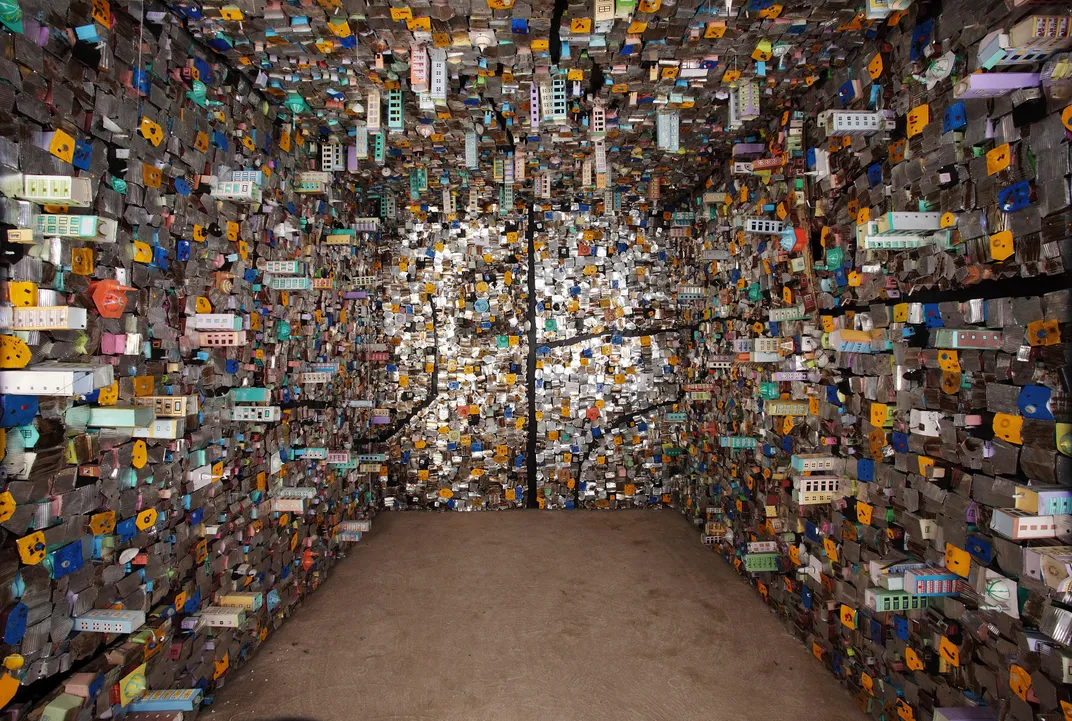Five Things to Know About Megacities
Urbanization is happening fast—here’s what to know about the world’s largest cities
/https://tf-cmsv2-smithsonianmag-media.s3.amazonaws.com/filer/af/b6/afb6e404-45e0-44d2-91b8-9b669a800ffc/42-77011085.jpg)
Mumbai. Shanghai. Tokyo. Beijing. According to the United Nations, megacities—urban areas with a population of ten million or more—housed approximately 12 percent of urban dwellers as of 2014. Here are five things to know about what is likely the wave of the urban future:
There could be 41 megacities by 2030
In 2014, the United Nations released a report on the world’s urbanization prospects—and it showed staggering growth in terms of megacities. While there were just ten megacities in 1990, by 2014 that number had spiked to 28. But as urban populations continue to swell, the UN projects that humans will consolidate into a whopping 41 megacity regions by 2030. Look for burgeoning megacities in the developing world, writes the UN—an additional 2.5 billion people are projected to be added to the world's urban population by 2050.
Megacities can wreak havoc on the environment...
With all those people living in urban areas, it’s perhaps not surprising that megacities have an environmental impact. But the sheer scale of that impact is sobering. In a 2015 report on megacities’ environmental impact, researchers from the United Kingdom and Germany rounded up existing research on the footprint of megacities. Their review found that megacities’ most intense impact will be on the atmosphere. The world’s largest cities emit huge amounts of both greenhouse gases and atmospheric pollutants—and they’re expected to emit even more as time goes on. In 2005, megacities emitted 12 percent of all of the carbon dioxide on Earth, and that number is expected to grow by an order of magnitude as the century progresses.
…but they could one day be a force for environmental good
The environmental outlook for big cities isn’t all bad, though. The German Advisory Council on Global Change just released a report that suggests that cities facing a huge influx of residents could transform into a source environmental transformation. Though the report suggests that huge cities lessen the environmental blow of urbanization by distributing urban resources across surrounding regions, it also points to the use of renewable energy and adaptation to climate change as areas in which megacities could lead environmental healing.
One day, megacities could be more important than countries
Could the country one day be passé? Perhaps, writes Parag Khanna for Quartz. Khanna, whose new book Connectography explores how the planet is connected, argues that megacities will soon be more important than the arbitrary national borders that once divided countries. As infrastructure continues to integrate urban areas, writes Khanna, megacities will attract even more wealth and population—perhaps one day recreating the world map.
They even have their own art exhibition
Convinced yet that megacities are a mega player? Megacities Asia, a new art exhibit at the Museum of Fine Arts Boston, features diverse art from 11 renowned artists from different Asian cities like Seoul and Delhi. From a backpack-constructed snake that pays tribute to over 5,000 schoolchildren who died in a Chinese earthquake to a delicious sculpture made entirely of discarded plastic bags from Mumbai, the exhibit is as expansive and vibrant as megacities themselves. It runs until July 17—plenty of time for you to get a glimpse of some of the world’s biggest cities without grabbing your passport.
/https://tf-cmsv2-smithsonianmag-media.s3.amazonaws.com/accounts/headshot/erin.png)







/https://tf-cmsv2-smithsonianmag-media.s3.amazonaws.com/accounts/headshot/erin.png)